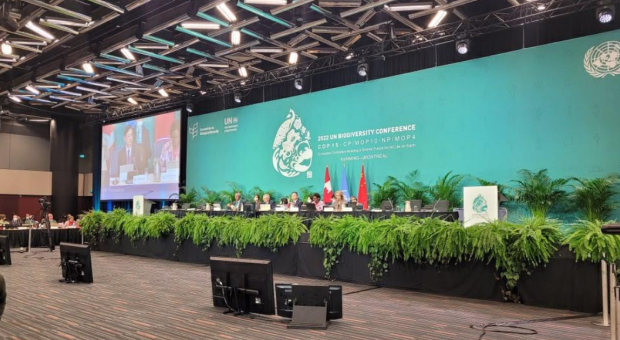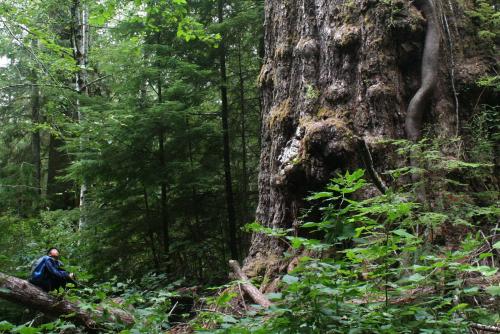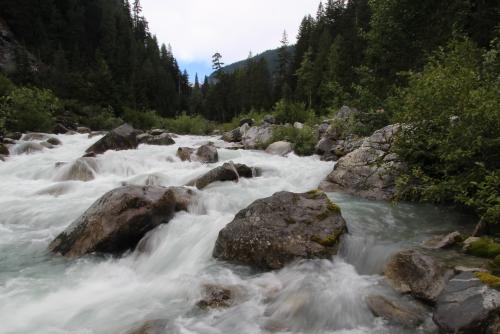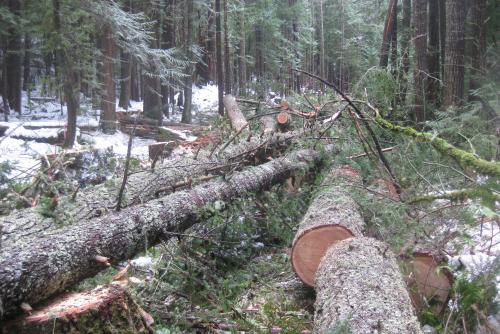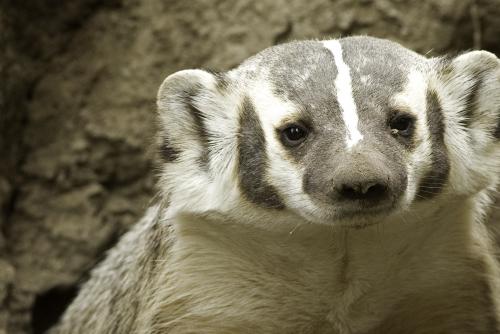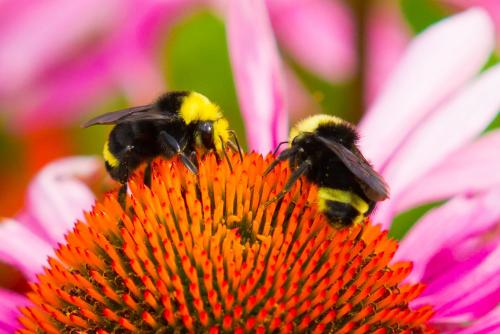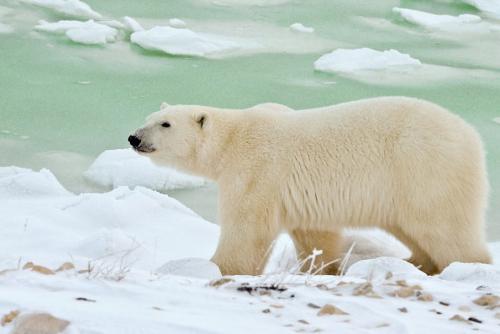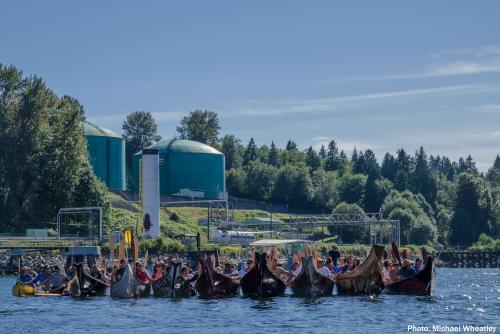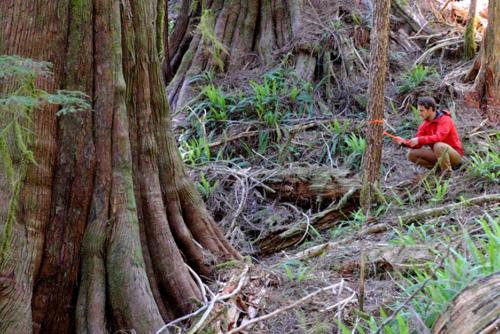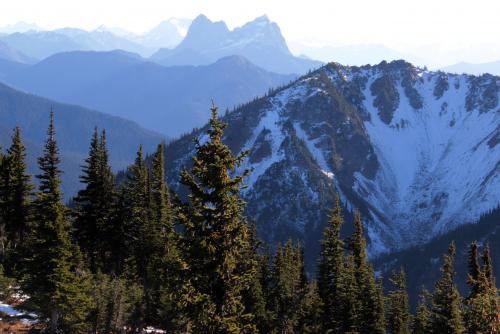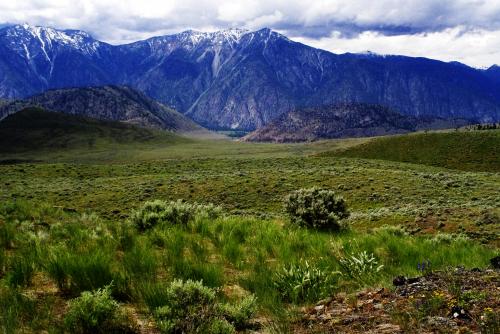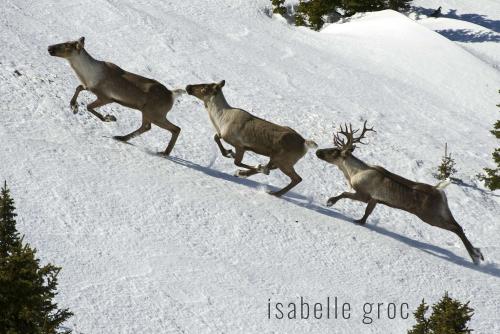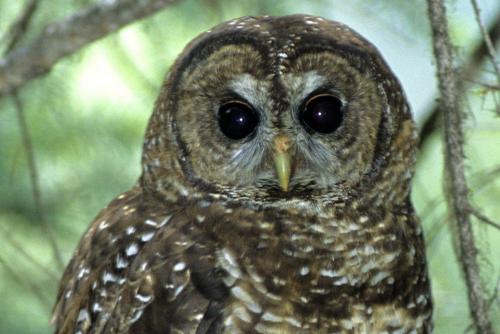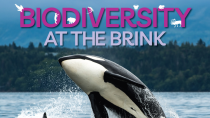Welcome to our Vancouver office, which is the head office of the Wilderness Committee. It was established on Earth Day 1987. From our beginnings, in 1980 our all-volunteer organization was founded around a kitchen table and did most of our work out of our founder’s home. But with the opening of the Vancouver office and with the addition of our first paid staff, the Wilderness Committee entered a phase of membership growth and nature protection success, which continues until today. Some of our early successful campaigns pushed forward the designation of much loved protected areas such as the Stein Valley Nlaka’pamux Heritage Park, Gwaii Haanas National Park Reserve and the Ts’ilʔos Provincial Park, to name a few. More recently we’ve been battling to save the old-growth forest habitat of endangered species such as the northern spotted owl and southern mountain caribou and we are standing for a stable climate by opposing the Trans Mountain pipeline expansion project and development of fracking and LNG.
Today our head office on 6th Avenue in Mount Pleasant is home to approximately 20 staff members, a large mailout area for volunteers, an in-house print room and a make-shift store where you can still buy calendars, cards, First Nations products and more. Scroll down to take action; and volunteer, donate, or shop online for eco-gifts, cards and calendars.
Featured Campaign Updates
Our Campaigns
Contact us
Vancouver Office
46 E 6th Ave
Vancouver, BC
Unceded xʷməθkʷəy̓əm, Sḵwx̱wú7mesh and səlilwətaɬ Territories
V5T 1J4
Hours: Monday to Thursday, 9am - 4pm, or by appointment.
Reports & Publications
Join Our Team
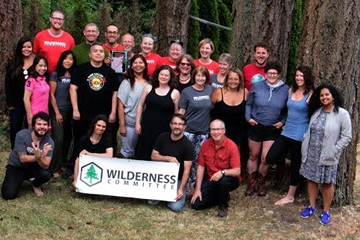
Working for the Wilderness Committee is a rewarding experience, and a chance to make a difference.
See current employment opportunities
Volunteer
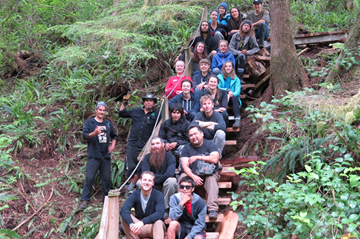
Our volunteers are essential to our work. Get great experience, meet like-minded folks and help preserve our Canadian Wilderness!
